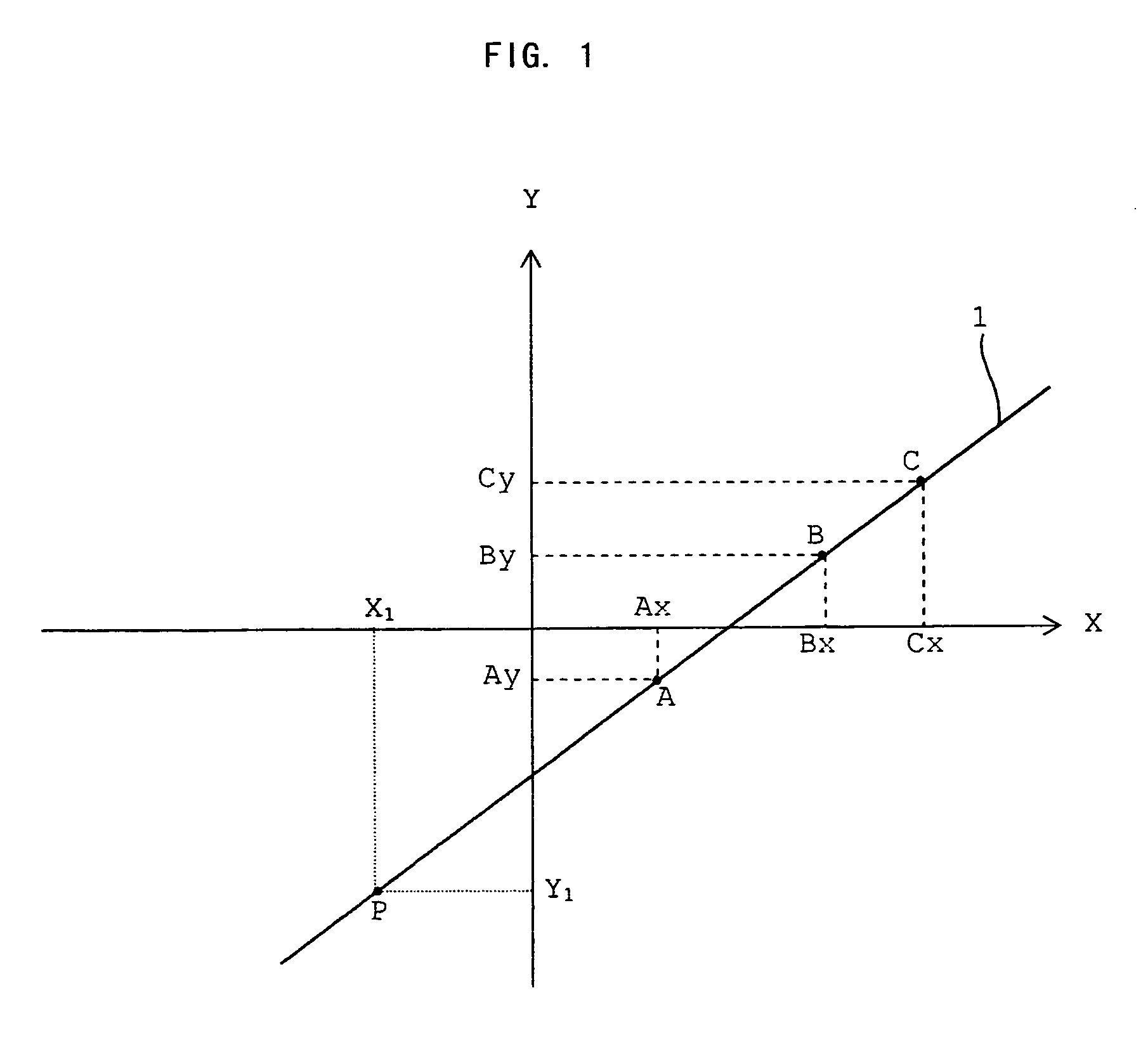Blood testing method
a blood test and blood technology, applied in the field of blood testing methods, can solve the problems of inability inability to detect diabetes early, heart disease, eye and kidney problems, etc., and achieve the effect of not being able to quickly or sufficiently secrete insulin, conventional blood test methods in which blood sample plasma is measured for glucose concentration,
- Summary
- Abstract
- Description
- Claims
- Application Information
AI Technical Summary
Benefits of technology
Problems solved by technology
Method used
Image
Examples
example 1
[0046] 37 patients with type-2 Non-Insulin Dependent Diabetes Mellitus (NIDDM) and 52 healthy persons were each tested for D-glucose concentration in red blood cells according to the following method.
[0047] Venous blood (2 ml) was sampled (hepalin was used as an anticoagulation agent) and centrifuged at a force of 150×g for 5 minutes into a plasma and blood cells. The blood cells were mixed with 0.2 ml of metrizamide, and the mixture was centrifuged at a force of 1,000×g for 10 minutes to separate red blood cells from the buffy coats. The red blood cells were washed with a phosphate buffered physiological saline solution, and the resulting mixture was centrifuged at a force of 150×g for 5 minutes. The washed red blood cells were mixed with a phosphate buffered physiological saline solution in an amount so that 2 ml of a suspended liquid having a hematcrit value of 50% was obtained. An automatic blood cell counter was employed to control the hematcrit. The suspended liquid obtained ...
example 2
[0050] A blood cell test according to the present invention was carried out for a diabetes mellitus patient (male, 70 years old) to determine oxidation-reduction potential (ORP), lactic acid concentration, pyruvic acid concentration and pH in the red blood cells in the same manner as described in Example 2. Also measured were oxidation-reduction potential (ORP), lactic acid concentration, pyruvic acid concentration and pH in the plasma in the conventional manner. CPK, myoglobin, LDH and aldolase values were also measured in the conventional manner. The results are summarized in Table 3.
TABLE 3Measurement 1Measurement 2In red blood cellORP248mV221mVLactic acid10.6mg / dL18.4mg / dLPyruvic acid0.68mg / dL1.2mg / dLpH7.137.24In plasmaORP136mV121mVLactic acid16.8mg / dL18.2mg / dLPyruvic acid0.8mg / dL0.9mg / dLpH7.397.44CPK29475U / L15854U / LMyoglobin1700ng / mL840ng / mLLDH1550IU / L1177IU / LAldolase169.2IU / L96.2IU / L
[0051] Measurement 1 and Measurement 2 were performed before and after minus ion irradiation ...
example 3
[0054] A blood cell test according to the present invention was carried out for a patient (male, 4 years old) to determine oxidation-reduction potential (ORP), lactic acid concentration, pyruvic acid concentration and pH in the red blood cells in the same manner as described in Example 2. Also measured were oxidation-reduction potential (ORP), lactic acid concentration, pyruvic acid concentration and pH in the plasma in the conventional manner. The results are summarized in Table 4.
TABLE 4Measurement 1Measurement 2In red blood cellORP229mV250mVLactic acid17.5mg / dL23.8mg / dLPyruvic acid0.61mg / dL0.4mg / dLpH7.117.28In plasmaORP132mV121mVLactic acid15.9mg / dL18.2mg / dLPyruvic acid0.5mg / dL0.6mg / dLpH7.337.37Blood glucose level380mg / dL309mg / dL
[0055] Measurement 1 and Measurement 2 were performed before and after minus ion irradiation treatment of the patient, respectively. Before the minus ion irradiation treatment (Measurement 1), the lactic acid concentration in the cell is 17.5 mg / dL whic...
PUM
 Login to View More
Login to View More Abstract
Description
Claims
Application Information
 Login to View More
Login to View More - R&D
- Intellectual Property
- Life Sciences
- Materials
- Tech Scout
- Unparalleled Data Quality
- Higher Quality Content
- 60% Fewer Hallucinations
Browse by: Latest US Patents, China's latest patents, Technical Efficacy Thesaurus, Application Domain, Technology Topic, Popular Technical Reports.
© 2025 PatSnap. All rights reserved.Legal|Privacy policy|Modern Slavery Act Transparency Statement|Sitemap|About US| Contact US: help@patsnap.com

